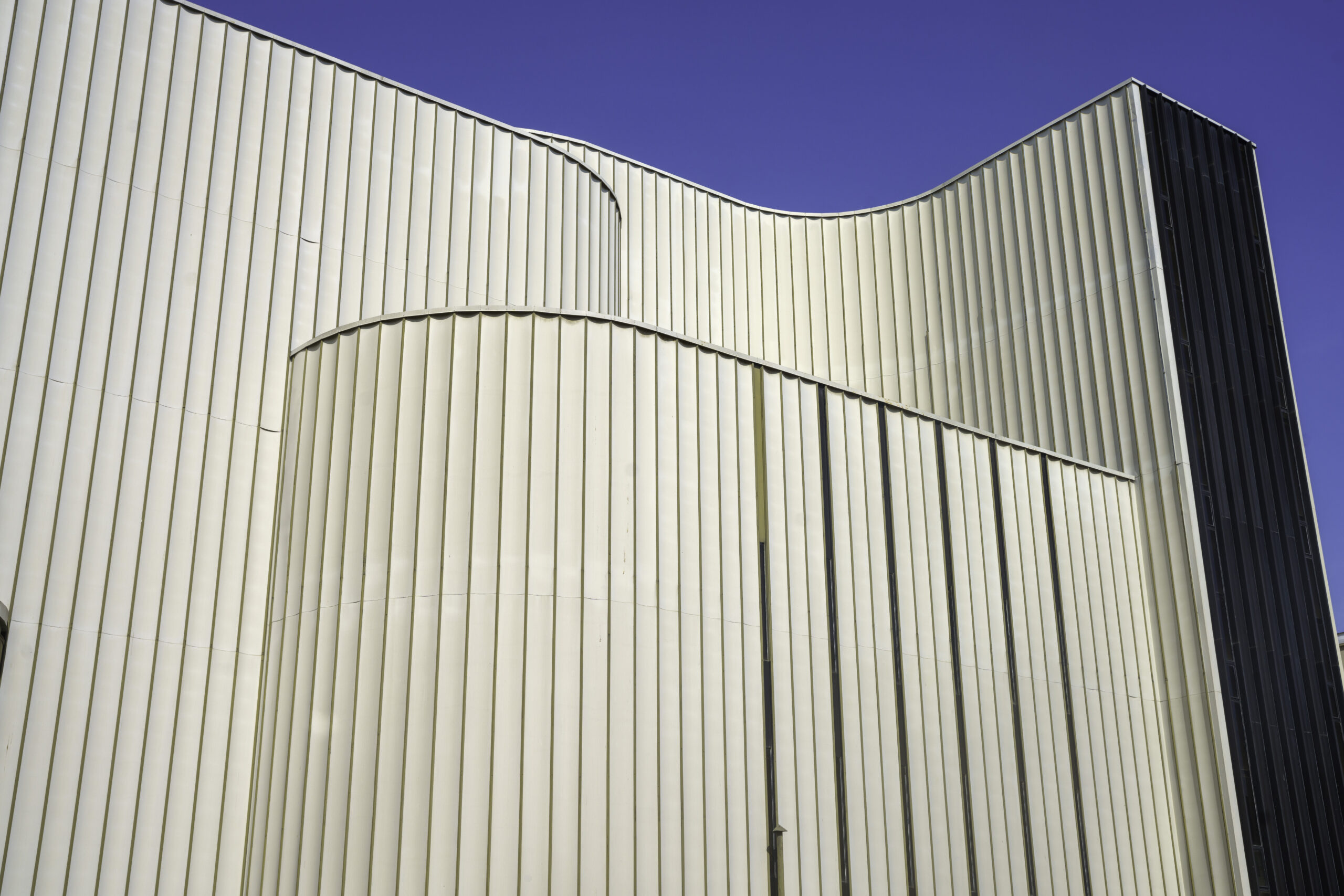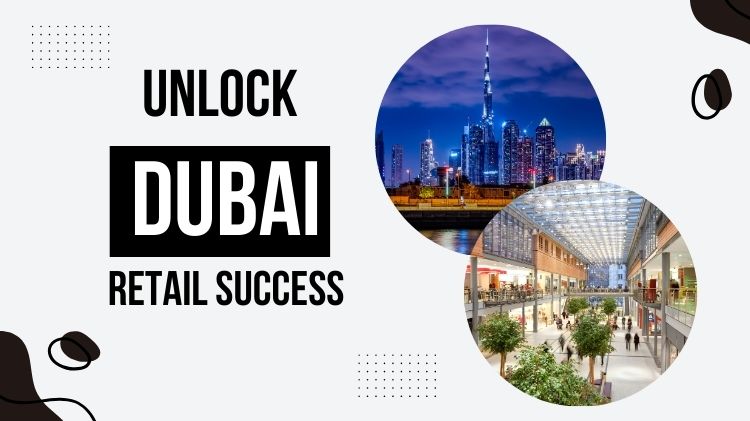The architecture world is one of change. Innovative minds in designing and building are always looking for new materials to make buildings look better and work better. Among the popular materials are metal wall cladding. These exterior cladding systems, made from different metals, are strong, versatile, and great looking, making them a go-to piece in modern architecture.
Understanding Metal Wall Panels
Metal wall panels are exterior cladding systems that are applied as building envelope applications. The types of metal wall panels include single skin, insulated metal panels (IMPs), and the metal composite material (MCM) panel. Each has specific properties and different applications.
Single skin metal panels are the most primitive type, which comprises only one layer of metal. IMPs carry two layers of metal and with insulation sandwiched in between, have remarkable thermal performance. MCM panels are created by bonding two very thin layers of metal skins into a nonmetallic core and offer a lightweight yet rigid material that performs superbly well in curtain wall systems.
Advantages of Metal Wall Cladding
The first benefit of this is aesthetic appeal. These panels can be customized in color, texture, and profile to enhance the visual appearance of a building. They add tremendous value to the simple contours of a building and can range from sleek, modern designs or textured, rustic finishes to create incredible architectural statements.
Besides their aesthetic value, metal panels offer great strength and maintainability. Their resilience to natural elements, fire, and pests gives them a high performance capability in any given climate. Unlike other materials, metal wall panels have low maintenance, thereby reducing the long-term costs of building maintenance.
Sustainability is another critical benefit of this kind of cladding. Many of the panels are produced from recycled materials and the panels themselves can be recycled, thus enhancing environmentally friendly construction methods. This falls in with increasingly growing demand for sustainable construction methods and materials.
Challenges and Considerations
As much as this kind of cladding offers several advantages, it is not without some disadvantages and challenges. For instance, oil canning is one common issue that is found in flat metal panels due to their inherent waviness, and denting is another problem, especially with softer metals like aluminum, which can be dented easily due to impact.
To end these effects, therefore, the right type of metal panel is to be chosen and the right installing process adopted. For this purpose, qualified professionals should install them in such a way that no problems arise from improper fitting or sealing.
Types of Metal Wall Cladding Systems
Exposed Fastener Panels
These panels are secured to the building structure using visible fasteners. They are generally more economical and easier to install but may require more maintenance due to the exposed fasteners.
Concealed Fastener Panels
These panels feature a sleek appearance with reduced maintenance needs, as the fasteners are hidden from view. However, they tend to be more expensive than exposed fastener systems.
Insulated Panels
Insulated metal panels provide excellent thermal performance by sandwiching insulation between two metal sheets. They are ideal for buildings that require high energy efficiency and can contribute to reducing heating and cooling costs.
Composite Materials
Metal composite materials, such as MCM panels, combine the strength and durability of metal with the versatility of a non-metallic core. These panels are lightweight yet rigid, making them suitable for curtain wall systems and other applications where weight is a concern.
Combining Materials for Enhanced Design
Among the exciting features of this kind of cladding is the possibility of mixing it with other materials to create unique and visually striking designs. Metal combined with wood, concrete, or glass by architects can be matched to achieve a harmonious blend of textures and colors that enhance the overall aesthetic appeal of the building.
For example, it can bring a drastic contrast between modernity and nature if one combines metal cladding with warm wooden accents. Even the combination of concrete and metal results in the ultimate hard, industrial look, which is undoubtedly durable and attractive at the same time.
Maintenance and Longevity
Since maintenance practices can lead to sacrifices in the serviceability of such metal wall cladding, proper techniques are crucial for ensuring extended durability. Exposed fastener systems that are subjected to external conditions should be inspected periodically for evidence of loose fasteners or other wear. Non-abrasive cleaners can be used to clean the panels for aesthetic purposes, besides preventing corrosion.
These systems should always be subjected to recommended guidelines on maintenance, and any problems appearing should be adequately addressed as soon as they appear. This will ensure that the metal wall cladding of the building will last much longer while keeping the aesthetic appeal of the house intact for a long period of time.
Customization and Aesthetic Finishes
Another benefit of metal wall cladding is its applicability in terms of giving scope for a range of colors, patterns, and profiles that can be manufactured to suit the specific requirements of the designer, hence making it possible for architects to give life to their niche ideas.
Beside specific designs, the aesthetic finishes of the metal panels will also vary widely. These are available in a multitude of colors, making them more pleasing and protective than the material. These are painting coatings, anodized surfaces, and textured treatments differing in various unique characteristics and benefits.
Key Takeaway
The flexibility and innovation expressed by metal wall cladding is redefining the field of architecture. Combining these two aspects, it has made durability, aesthetic appeal, and sustainability more feasible for designers and builders to reach further innovation in designs.
For years now, high-performance buildings that are visually striking are in higher demand. With this reason, metal wall cladding is going to be an increasingly important player in the future of architecture. It speaks of types, systems, and the degree of possibilities in customization, whether general to the most specific application to serve the purpose of the best architecture that can be functional yet visually stunning, resource-friendly, and hence, responsible.

